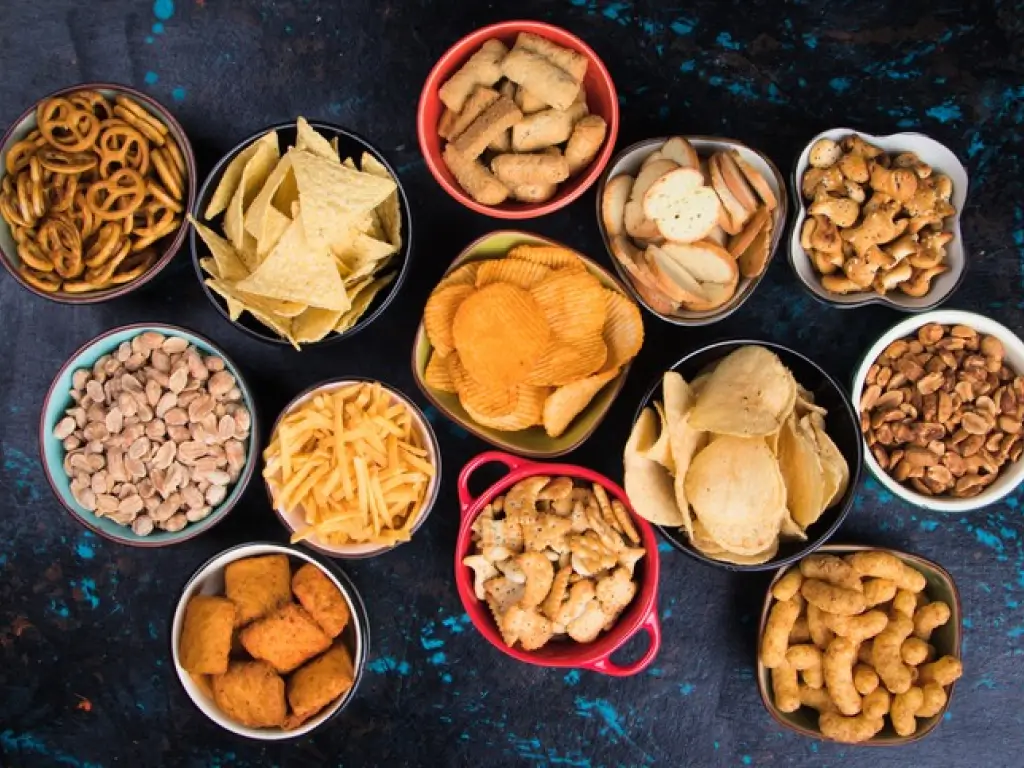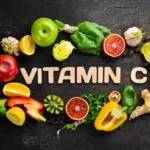Table of Contents
Consumption of processed and ultra-processed foods is a topic touched on often in discussions of diets today, but these terms have their complications. Meaning both of them are changes made to natural foods, but until the changes are distinguished, it is mandatory to take the right steps. For deciding which food to buy, which food to cook, or even which food is merely good for your health, this is a rather helpful guide to the topic of food processing.
What Are Processed Foods?
In literal contexts, processed food refers to any food that has undergone some process of preparation and packaging to make it convenient, healthier, and last longer. Baking, canning, dehydration, pasteurization, preservation through refrigeration, and many more are categorized under food processing by the International Food Information Council.
Examples of processed foods include:
- Frozen vegetables
- Canned beans
- Whole-grain bread
- Yogurt
Some of the items on this list are still as they are, while others are processed foods that are quite okay for you to consume in small portions. For instance, pasteurization of milk eliminates germs that make it impossible for people to drink milk, and freezing of vegetables preserves vitamins.
What Are Ultra-Processed Foods?
However, certain foods are a step further removed from their original form than oligos are. It is a term coined by Brazilian researcher Carlos A. onteiro. It means ‘industrial formulations containing five or more elements’ and it includes accessory substances flavors, colors, preservatives, sugar substitutes, and emulsifiers.
While processed foods are mildly processed for value addition, ultra-processed foods are structured primarily for consumer convenience and preference with little or no consideration for nutritional health. They usually contain elaborate lists of ingredients, containing parts that are not usually present in a home kitchen.
Examples of ultra-processed foods include:
- Sugary cereals
- Soda
- Packaged snacks like chips or cookies
- Instant noodles
- Candy bars with artificial ingredients
Read more:
Is Coffee Good for Your Heart? Here’s What the Latest Research Says
Key Differences Between Processed and Ultra-Processed Foods
1. Number and Type of Ingredients
- Processed foods: may be healthy (for instance, breads that are made from whole grains are usually fortified with other nutrients).
- Ultra-processed foods: sometimes contain added sugars, unhealthy fats, and sodium, and sometimes are low in these ingredients also.
2. Nutritional Value
- Processed Foods: May be healthy (e.g., whole grain breads, which have added nutrients).
- Ultra-processed foods: sometimes are rich in added sugars, unhealthy fats, and sodium.
3. Health Impacts
Data suggests that up to 10 percent of all calories consumed come from ultra-processed foods that can cause obesity, heart disease, cancer, and other illnesses. A cross-sectional study by Taine et al. conducted in 2018 revealed that any 10 percent increase in ultra-processed food led to a 12 percent rise in cancer.
Stages of Food Processing
To better understand where processed and ultra-processed foods fall, let’s look at the stages of food processing:
- Primary Processing: Minimal processing such as washing, skinning, or binding (for example, dehulling of rice).
- Secondary Processing: lacing in a kitchen oven, using a deep freezer, or using a fermentation process to form edible products such as bread.
- Tertiary Processing: In this stage, food is processed by embracing the addition of preservatives, artificial colors, and flavoring, as well as chemicals that assist in the preservation of the foods.
How to Identify Ultra-Processed Foods
Supermarkets are places where people can easily identify ultra-processed foods by looking at their outer covers and the names written on them. Look out for:
- Combined lists of the ingredients that comprise various dishes that you have never heard of.
- Statements such as “artificially flavored,” less fat but more sugars or preservatives, or an extended shelf life.
- Bright and shiny-appearing packets.
Simple Swaps for Healthier Choices
It is not challenging to transition from ultra-processed to less-processed products as presented in this article. Here are some easy swaps:
| Ultra-Processed | Processed | Home Version |
|---|---|---|
| Sweetened breakfast cereals | Plain bran cereal | Steel-cut oats with honey |
| Soda | Sparkling water with flavorings | Water with lemon or fresh fruit |
| Potato chips | Plain tortilla chips | Homemade baked kale chips |
| White bread | Whole-grain bread | Homemade whole-wheat bread |
| Candy bars | Simple dark chocolate | Dark chocolate with nuts |
The Role of Moderation
It means that it is impossible to eliminate all the ultra-processed foods, partially due to their accessibility and the prevalence of the foods in our current society. Instead, focus on balance.
- Read labels: Purchase the products that have minimal numbers of ingredients on the list and familiar components.
- Cook at Home: Cooking your foods from scratch helps you determine what goes into the food you consume.
- Portion Control: If you consume ultra-processed foods, make sure that you don’t take large quantities.
Why It’s Not About “Good” vs. “Bad” Foods
Yes, you read that right; food is not only energy for the body but also an expression of culture, feeling, and/or time. People tend to assign good or bad to foods, which is not healthy as it gives a simple perspective on food. Instead, try to add more real or minimally processed foods and fewer ultra-processed foods into the meal plans.
The American Heart Association has suggested that added sugars should not exceed 36g for men per day and 25g for women. You will find that if you’re aware of sugar, salt, and fats, you can eat better without having to sacrifice.
Takeaway
The knowledge of them can help you avoid certain types of foods. So foods like canned beans or whole-grain bread are good for you in moderation, but extremely processed foods with lots of additives and sugar are probably not fine for you to eat tons of.
The next time you do your grocery shopping, try to incorporate more whole and minimally processed foods into your shopping list and try to substitute certain ultra-processed foods. You do not have to radically overhaul your life to notice drastic changes you just have to make alterations a little at a time.












